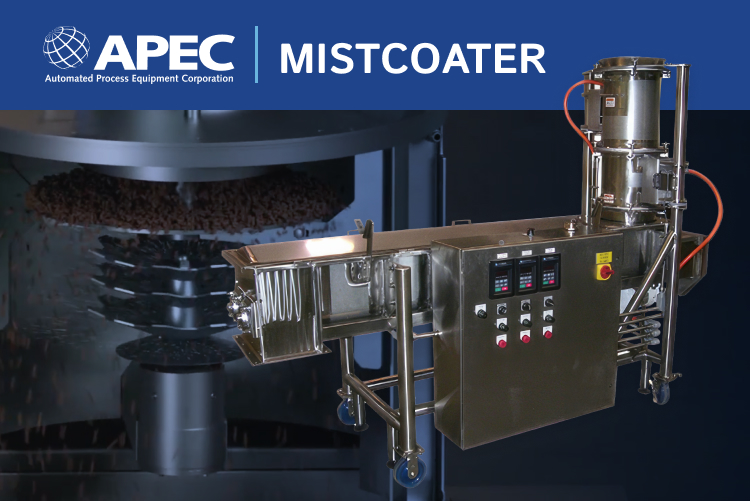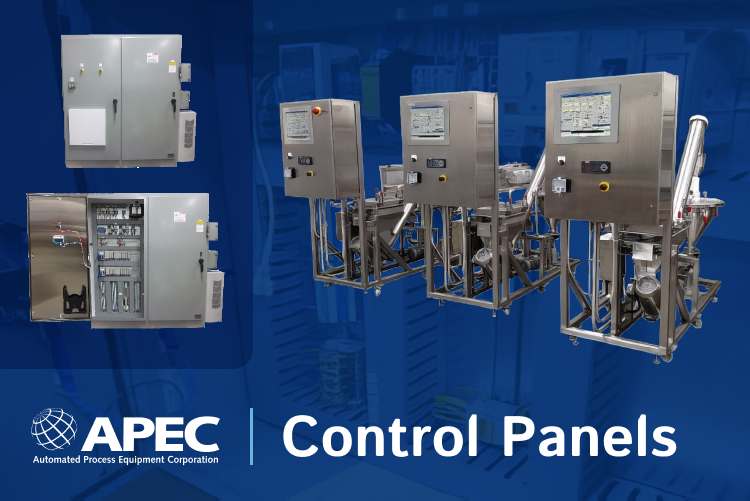Ratholing, bridging, and flushing are just a few of the problems that can arise as material flows through a hopper and into a feeder. Instead of dealing with these issues as they arise, it’s best to optimize and feeder and hopper design to prevent or reduce these problems. The TSS Feeder uses a unique dual-auger, triple-flight design to prevent bridging and flushing, and improve accuracy.
Preventing Feeder Bridging and Flushing with the TSS Feeder
What is the TSS Feeder?
The TSS Feeder is specially designed to solve the common problems arising as material flows from a hopper to a feeder, like bridging, ratholing and flushing. Multiple parts of the feeder are powered by a single motor and multiple sprocket and chain drives. One sprocket and chain drive powers the primary screw flights, where materials first enter the feeder from the hopper. Another sprocket and chain drive powers an agitator above the feeder to keep material moving. The final sprocket and chain drives powers an additional, triple-flight section at the end of the feeder. This section moves faster than the primary screw. Each of these components work together to solve flow problems and increase accuracy.
Preventing Bridging
Bridging is a common material flow problem that can occur just above the feeder, where material sticks or clumps together and stops moving into the feeder. This is especially challenging for materials with high fat content, or those that might mat together, or stick together with static electricity.
The agitator on the TSS feeder prevents bridging for materials of all types. The agitator spins slowly through the materials to break up clumps without damaging the materials themselves. Running off the same motor powering the screw flights, the agitator works in tandem with the feeder. This improves flow without requiring extra maintenance or an additional power source.
Preventing Flushing
Flushing is another common problem that can occur with screw feeders, especially when working with fine powders. A traditional screw feeder releases material in pulses as the screw turns. This can cause excess material to flow out and flush after shut-off. Flushing ultimately upsets the accuracy of the measurement, and can cause too much of an ingredient to be added to a mix.
The triple flight section at the end of the feeder is designed to prevent flushing. This section turns faster and the additional flights dispense smaller amounts of material at faster rates. When the feeder stops, only a small amount of excess material flows out.
Improving Accuracy
Flushing, bridging and other problems can make traditional screw feeders inaccurate. The faster, triple-flight screw at the end of the feeder not only helps to prevent flushing, but the feeder is also more accurate. By dispensing a small amount of material at a faster rate at the end of the feeder, the feeder works quickly and efficiently, while reducing the margin of error and maintaining consistent performance.
Traditional screw feeders are relatively simple, and they can be easily overlooked in the overall ingredient system design. However, the wrong feeder can create multiple problems, reducing the accuracy and efficiency of the system. If material flow problems are affecting your system, or you are working with challenging materials that can cause problems, the TSS Feeder may be a solution. Contact us to learn more about this proprietary feeder system and other options to customize your feeder.







